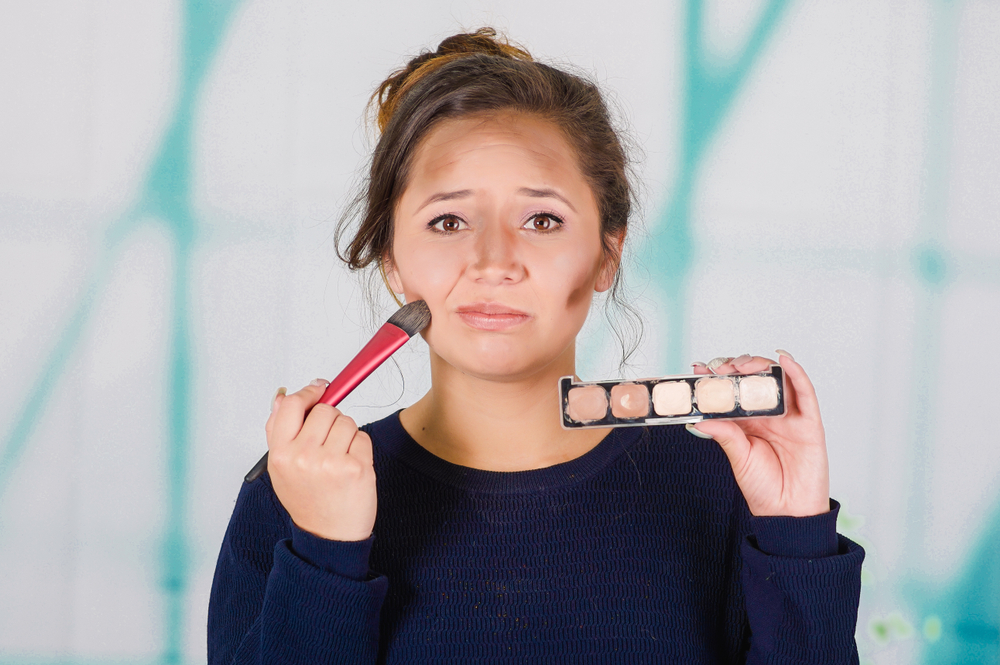Your skin is more than just a protective barrier—it’s a reflection of your overall health. While it’s often the first place you notice changes in your appearance, your skin can also give valuable insight into the internal conditions of your body. Whether it’s a rash, dryness, or acne, the state of your skin can provide clues about what’s going on inside. In this article, we’ll explore 14 ways your skin reveals what’s happening in your body.
1. Pale Skin And Anemia

When your skin appears pale or washed out, it could be a sign of anemia, a condition where the body doesn’t have enough red blood cells to carry oxygen to tissues. Anemia can cause fatigue, dizziness, and cold hands and feet, alongside paleness in the skin, especially in the face and lips. This lack of oxygen can also make your skin appear dull and less vibrant.
Anemia can be caused by various factors, including iron deficiency, chronic disease, or vitamin B12 deficiency. If you notice paleness accompanied by fatigue or other symptoms, it’s important to get a blood test to determine the cause. Correcting any nutritional deficiencies or underlying conditions will help restore the natural color and health of your skin.
1. Acne And Hormonal Imbalance

Acne is one of the most common skin issues, especially during puberty and adulthood. But persistent acne can also be a sign of hormonal imbalance, particularly when it appears around the chin and jawline. Fluctuations in hormones, often linked to menstruation, pregnancy, or stress, can increase oil production in the skin, leading to breakouts. According to Flo Health, hormonal acne is caused by fluctuations in hormones such as testosterone, which can stimulate excessive sebum production and lead to acne. If acne becomes a regular issue, it could indicate a hormonal imbalance that may require medical attention.
Additionally, the presence of acne in adults can point to issues like polycystic ovary syndrome (PCOS) or thyroid dysfunction. These conditions disrupt normal hormone production, which can lead to acne that’s harder to treat. It’s crucial to consider other symptoms, such as irregular periods or weight changes, to better understand the root cause of acne. As noted by Medical News Today, hormonal changes during pregnancy or menopause can also trigger acne due to shifts in hormone levels.
3. Dry Skin And Dehydration
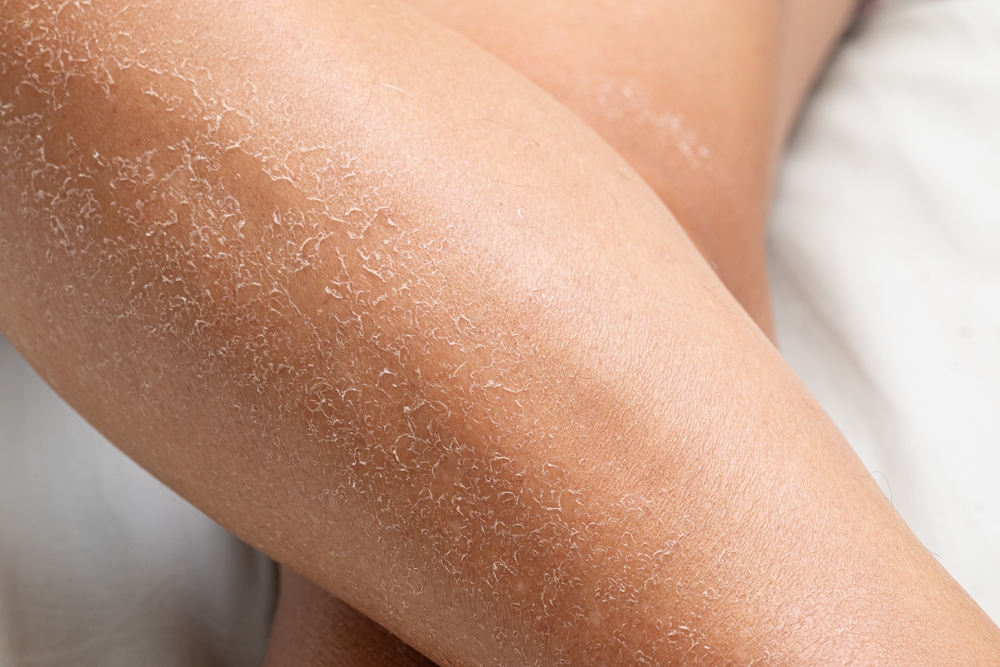
If your skin is feeling dry and flaky, it could be a sign that your body is dehydrated. Dehydration occurs when the body lacks sufficient water to perform its essential functions, which also affects the skin’s moisture levels. Dry skin can also result from a lack of essential fatty acids, which are needed to maintain the skin’s natural barrier. So, if you notice dry patches, especially in the winter months, it’s important to drink more water and consider adding healthy fats to your diet.
Dry, flaky skin can also be an early warning of more serious conditions like eczema or psoriasis. If moisturizing and hydrating aren’t enough to relieve the dryness, it could be time to consult a dermatologist for a proper diagnosis. According to Mayo Clinic, dry skin can be managed with proper hydration and moisturizing techniques. Understanding whether dehydration or a skin condition is at play is key to addressing this issue effectively.
4. Yellowish Skin And Jaundice
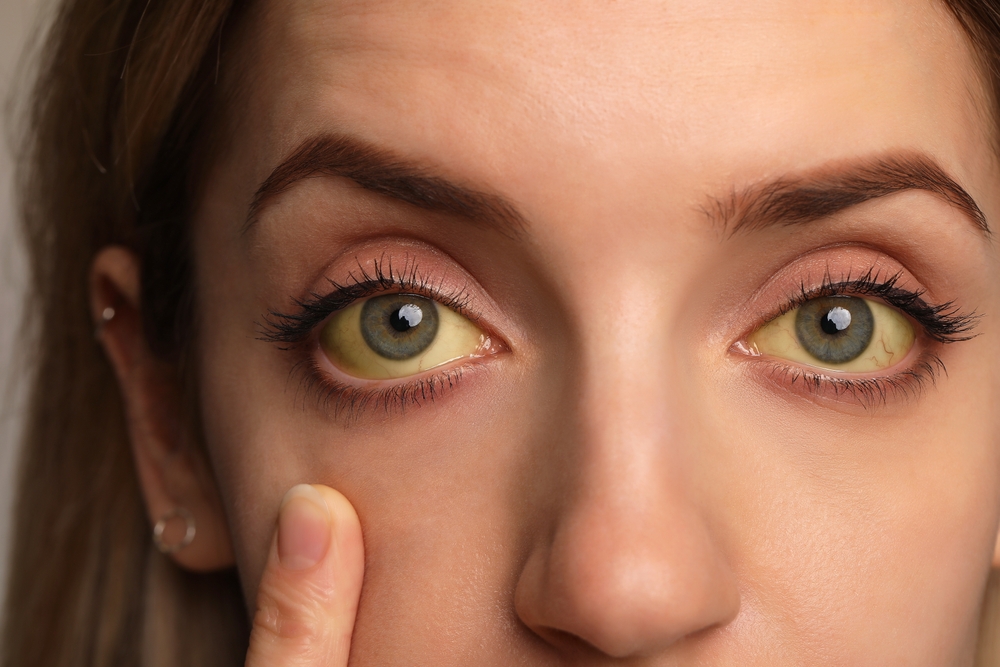
Yellowing of the skin, also known as jaundice, can indicate liver dysfunction. The liver plays a crucial role in processing and eliminating waste from the body, and when it’s not working properly, bilirubin—a byproduct of red blood cell breakdown—can build up in the blood and cause the skin to turn yellow. Jaundice is often accompanied by dark urine and pale stools, which are further signs that the liver may be compromised.
Conditions like hepatitis, liver cirrhosis, or bile duct obstruction can lead to jaundice. If you notice a yellowish tint to your skin or eyes, it’s important to seek medical attention immediately, as untreated liver conditions can be severe. According to MedlinePlus, jaundice is a serious condition that requires prompt medical evaluation. Early detection can help prevent further damage to the liver and improve your chances of recovery
5. Red, Inflamed Skin And Infections
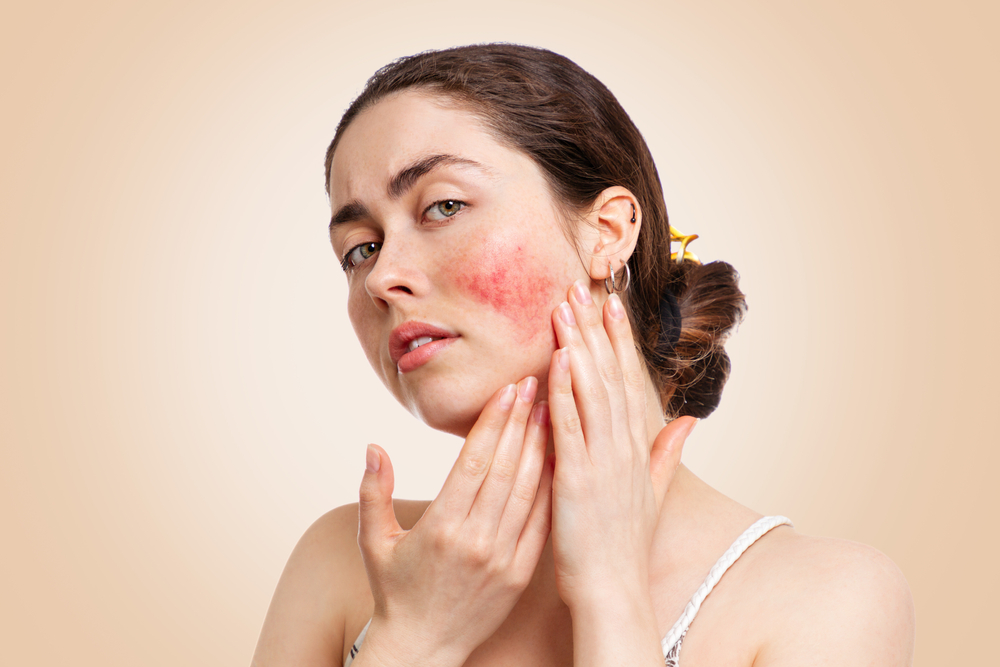
Redness and inflammation in your skin can be signs of an infection or an allergic reaction. When your immune system responds to a foreign invader, such as bacteria or a virus, it can cause localized redness, swelling, and irritation. Skin infections, such as cellulitis or impetigo, often present with red, inflamed patches that may be painful to the touch. According to Cleveland Clinic Abu Dhabi, prompt treatment is essential for resolving skin infections effectively.
Inflamed skin can also indicate an allergic reaction to something like a new skincare product, food, or insect bite. In such cases, the redness typically comes with itching, swelling, or even blistering. If the irritation doesn’t subside or worsens over time, it’s best to seek medical advice to rule out serious infections or allergic reactions that require treatment.
6. Itchy Skin And Allergies
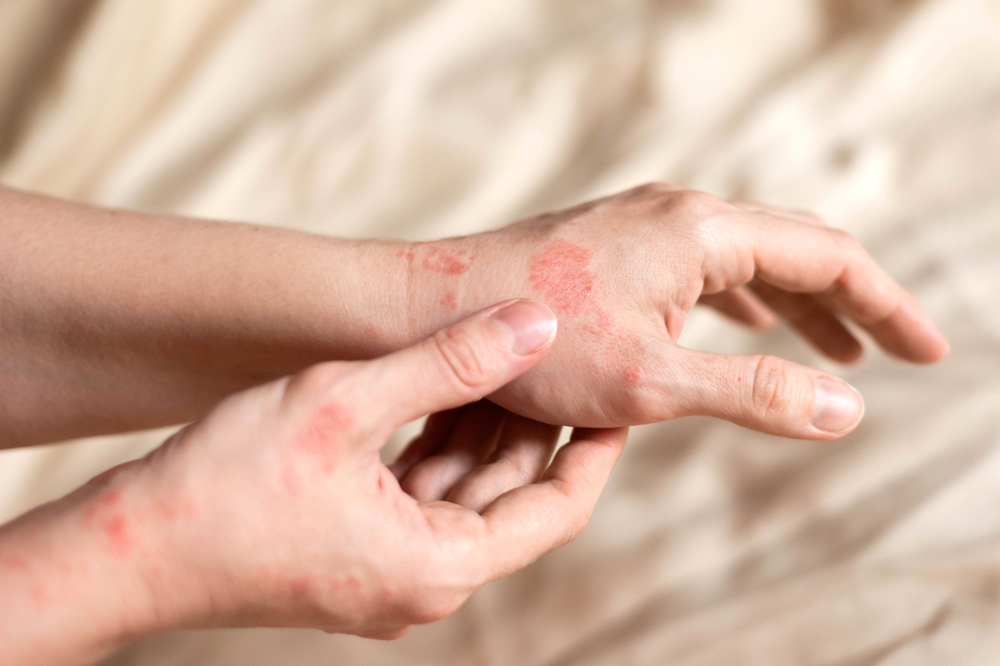
Persistent itching without any visible rash could point to an allergic reaction or skin irritation. When your body encounters an allergen, it triggers the release of histamine, which causes itching, redness, and swelling. Common allergens include pollen, pet dander, certain foods, or chemicals in skincare products.
In some cases, itching can be a symptom of conditions like eczema or contact dermatitis, which causes the skin to react to irritants. If you experience ongoing itching that doesn’t resolve with moisturizing or antihistamines, it could be worth seeing a doctor to identify the underlying cause. Managing allergies or skin conditions early can prevent more severe flare-ups and discomfort.
7. Dark Circles And Sleep Deprivation
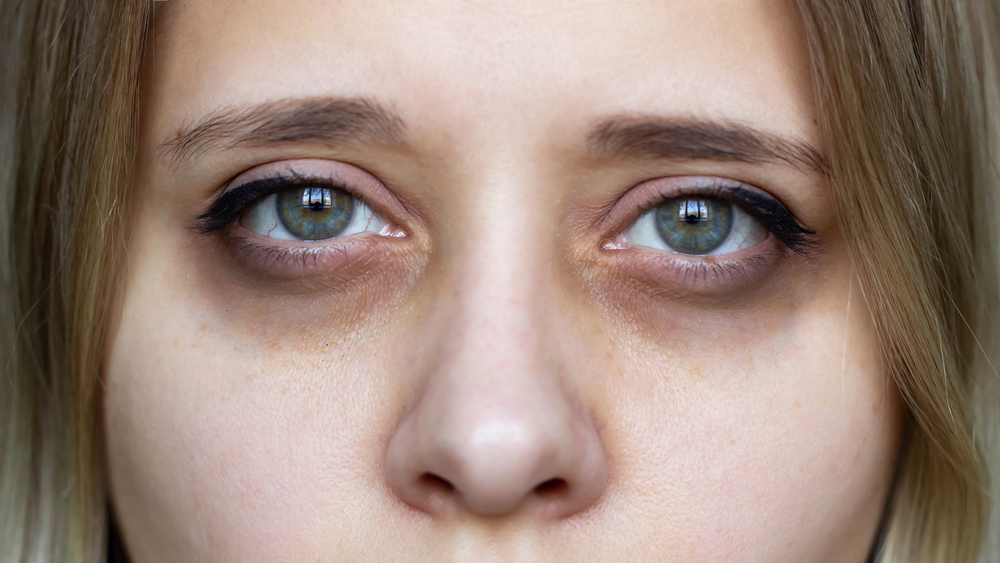
Dark circles under the eyes are a common sign of sleep deprivation or poor sleep quality. When you don’t get enough rest, blood vessels under the delicate skin around your eyes become more visible, causing a bluish or dark appearance. Chronic sleep deprivation can also lead to other skin issues, such as dullness and an increased risk of wrinkles.
In addition to lack of sleep, dark circles can also be caused by allergies or genetic factors. If they are persistent or accompanied by puffiness or swelling, it could indicate other underlying issues such as sinus problems or thyroid imbalance. Ensuring that you get quality sleep and addressing any medical concerns can help reduce the appearance of dark circles.
8. Excessive Sweating And Hormonal Imbalance

Excessive sweating, or hyperhidrosis, can be a sign of hormonal imbalance, especially in women going through menopause. Hormonal shifts cause an overproduction of sweat as the body attempts to regulate temperature, leading to night sweats and hot flashes. Similarly, thyroid disorders such as hyperthyroidism can cause an increase in sweating as well.
Stress can also trigger excessive sweating due to its impact on the adrenal glands and sympathetic nervous system. If you notice that your sweating is persistent or occurs without a clear cause, it’s important to consult a doctor. Hormonal testing or thyroid function tests may be necessary to identify the underlying cause.
9. Blotchy Skin And Stress
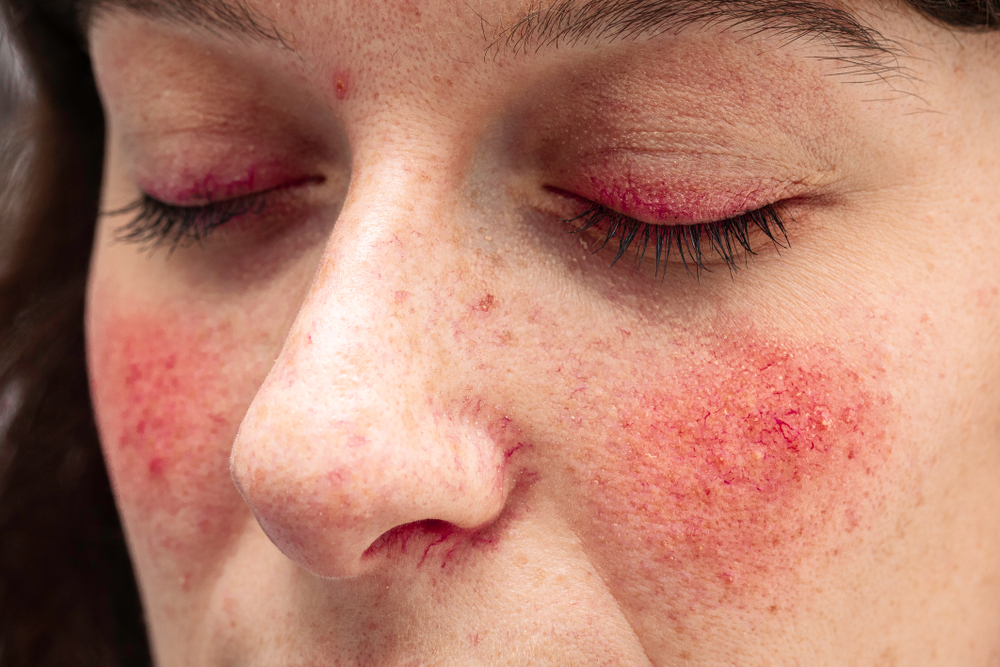
Stress can manifest in your skin in several ways, including blotchiness and redness. When you’re under stress, your body releases cortisol, a hormone that can cause inflammation and breakouts. The increased blood flow to certain areas of the skin can result in redness or a blotchy appearance, particularly around the cheeks and neck.
Stress also weakens the skin’s barrier function, making it more susceptible to irritation and environmental damage. In the long term, chronic stress can exacerbate skin conditions like eczema, rosacea, and psoriasis. Taking steps to manage stress, such as practicing relaxation techniques or seeking therapy, can help improve the appearance and health of your skin.
10. Wrinkles And Collagen Breakdown
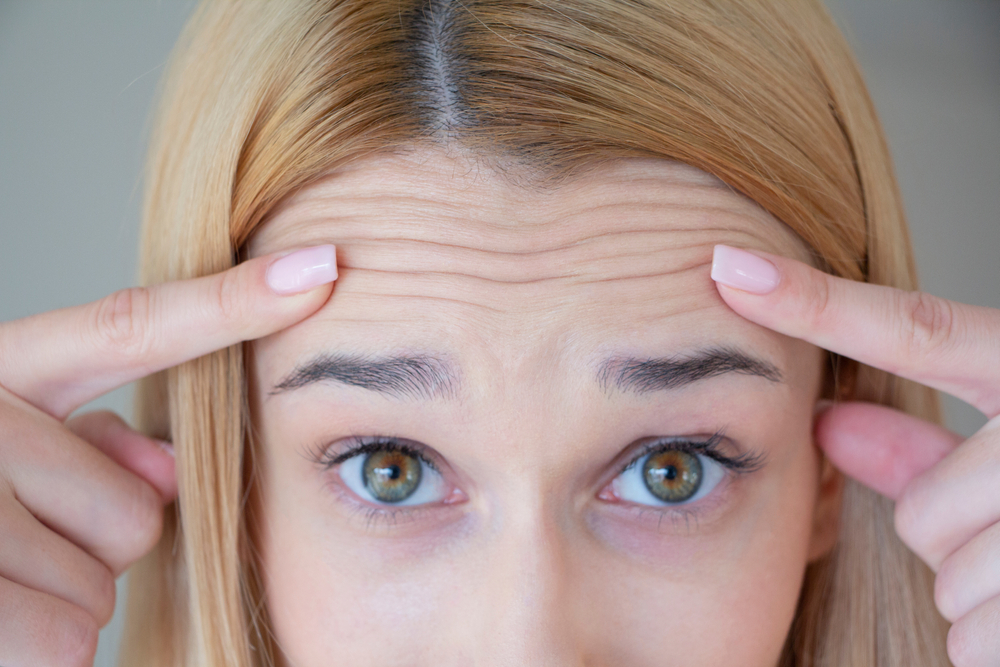
Wrinkles and fine lines are a natural part of aging, but they can also be an indication of collagen breakdown in the skin. Collagen is a protein that provides structure and elasticity to the skin, but over time, its production decreases, leading to sagging and wrinkling. This process is accelerated by factors such as sun exposure, smoking, and poor nutrition.
Maintaining a healthy diet rich in antioxidants, staying hydrated, and using sunscreen can slow down collagen loss and help preserve skin health. Additionally, avoiding smoking and excessive alcohol consumption will help prevent premature aging. Taking good care of your skin through lifestyle choices and skincare routines can help maintain its youthful appearance for longer.
11. Red Or Purple Spots And Blood Clotting Issues
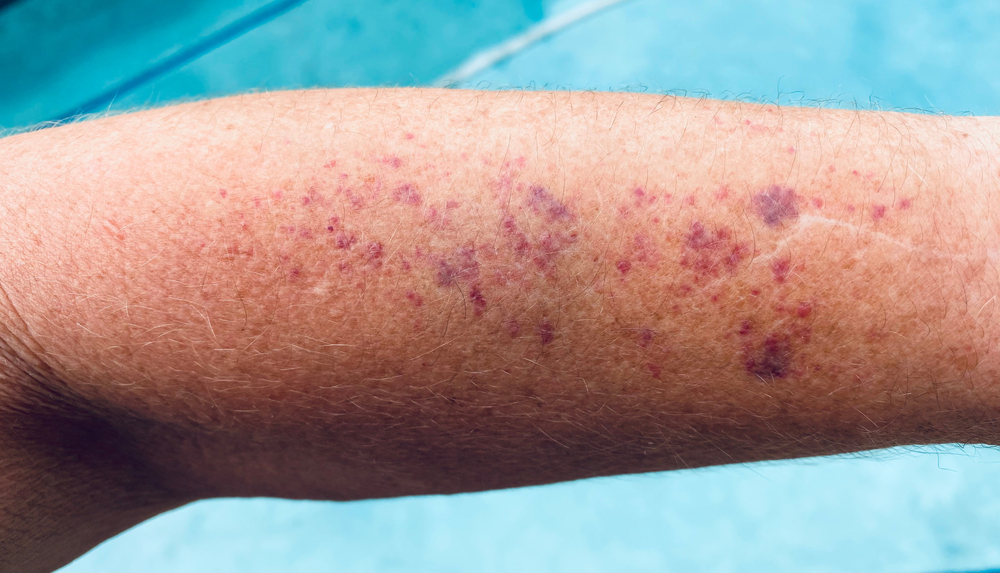
Red or purple spots on the skin, especially if they don’t go away when you press on them, can be a sign of blood clotting issues. Known as petechiae, these spots occur when small blood vessels under the skin break, often due to low platelet count or clotting disorders. Conditions like leukemia, vitamin C deficiency, or autoimmune diseases can affect blood clotting and lead to these spots.
If you notice unexplained bruising or the appearance of petechiae, it’s essential to consult a healthcare provider. Blood tests can determine if you have a clotting disorder or a deficiency in certain vitamins. Early diagnosis and treatment are crucial for managing any underlying conditions that could affect your skin and overall health.
12. Skin Rashes And Autoimmune Disorders
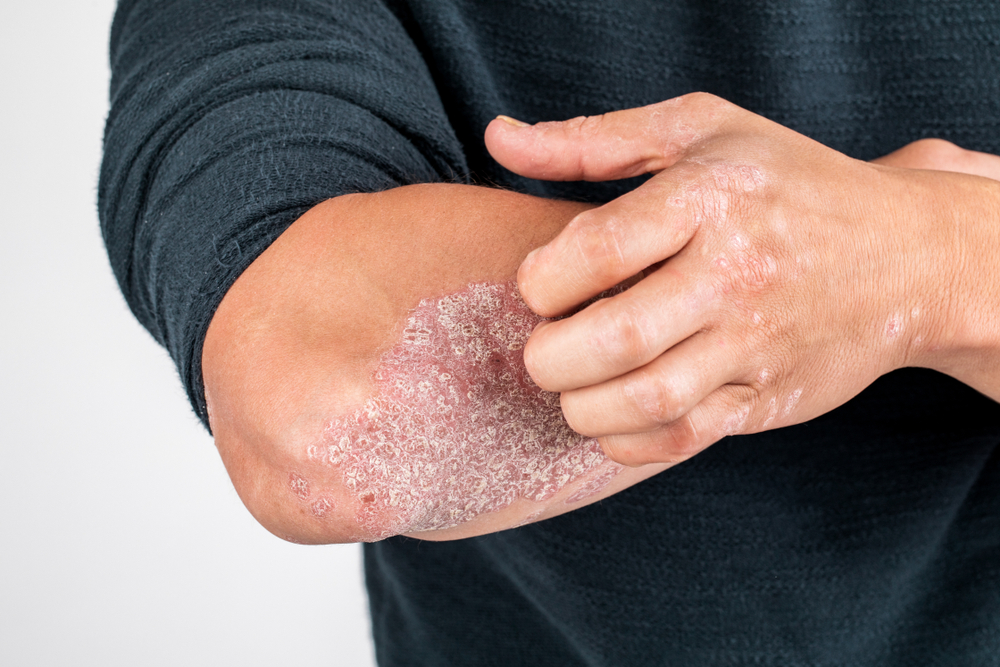
Skin rashes can be a telltale sign of autoimmune disorders, such as lupus or rheumatoid arthritis. These conditions occur when the immune system mistakenly attacks the body’s tissues, including the skin. Rashes associated with autoimmune disorders can appear as red, inflamed, or scaly patches, often on the face or joints.
If you notice a persistent rash along with other symptoms like joint pain or fatigue, it’s important to see a doctor. Early detection and treatment of autoimmune disorders can help manage symptoms and prevent further damage. Your skin’s appearance can be a vital clue to understanding what’s happening inside your body.
13. Sensitive Skin And Diet or Allergies
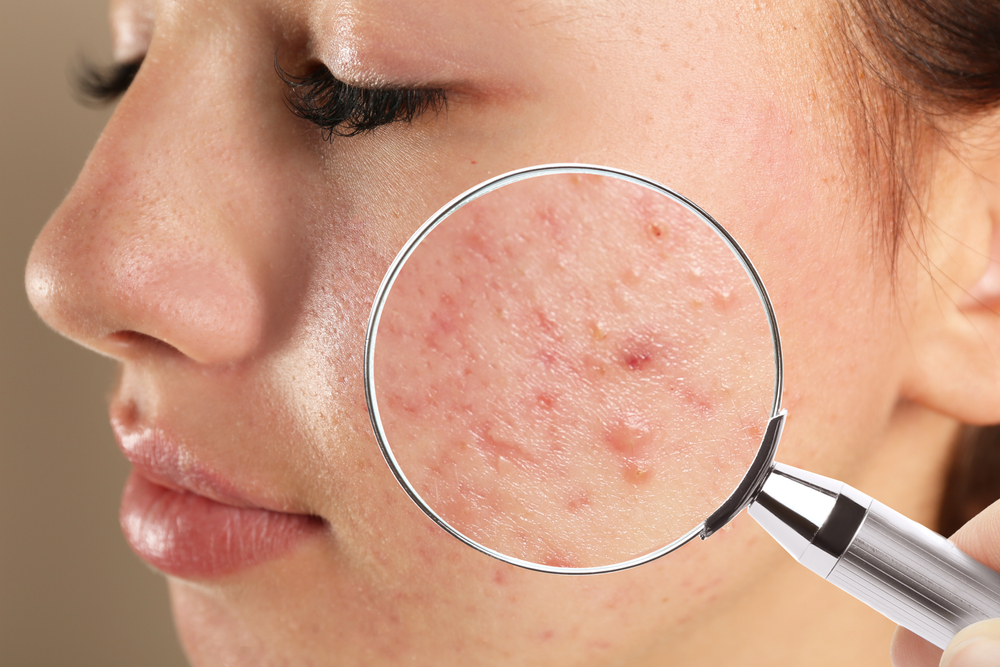
If your skin becomes suddenly more sensitive or reactive, it may be a sign that your diet or allergies need closer attention. Certain foods, such as dairy or gluten, can trigger skin reactions in individuals with sensitivities or food allergies. Additionally, environmental allergens like pollen or dust can make the skin more prone to irritation, itching, and redness.
Track your diet and exposure to allergens to pinpoint any potential triggers. If you notice that your skin reacts after eating certain foods or being in certain environments, eliminating those triggers may improve your skin’s health. Consult with a doctor or nutritionist if food sensitivities or allergies are suspected to ensure proper management and care for your skin.
14. Sunspots And Skin Cancer
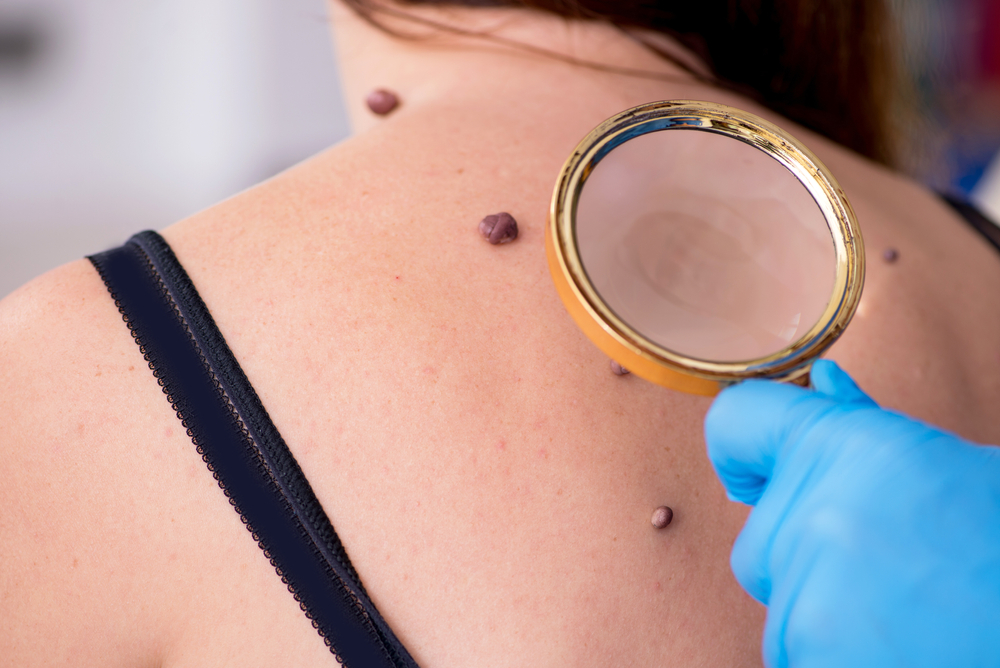
Sunspots, also known as age spots or liver spots, are common after prolonged sun exposure. These dark spots appear on areas of the skin that are frequently exposed to the sun, such as the face, hands, and shoulders. While they are usually benign, the appearance of new or changing spots could indicate skin damage or even skin cancer.
If a mole or spot changes in size, shape, or color, it’s important to have it evaluated by a dermatologist. Early detection of skin cancer is key to effective treatment, and paying attention to your skin’s changes is essential. Always protect your skin from excessive sun exposure with sunscreen and protective clothing to reduce the risk of sun damage and skin cancer.
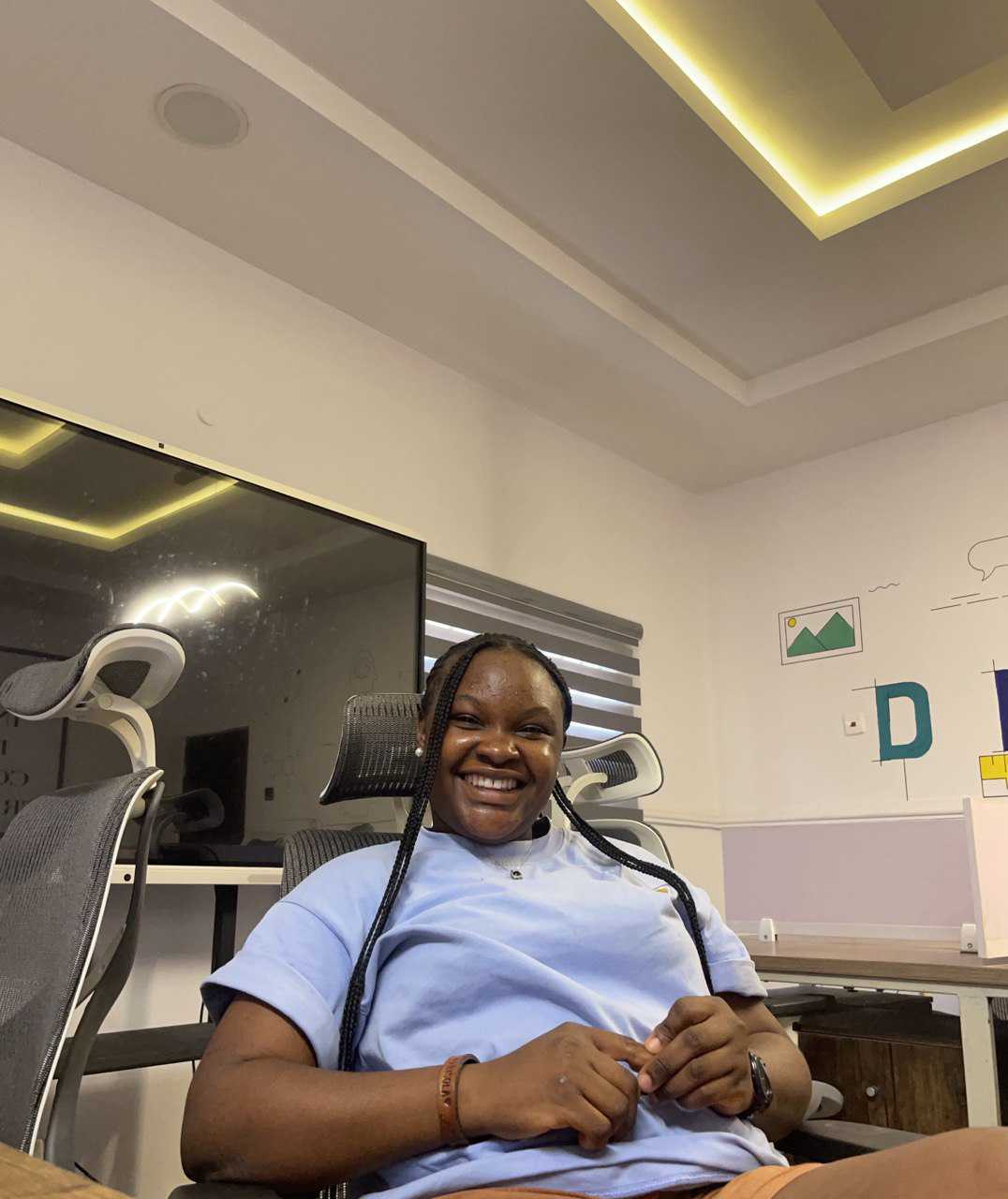
Abisola is a communication specialist with a background in language studies and project management. She believes in the power of words to effectively connect with her audience and address their needs. With her strong foundation in both language and project management, she crafts messages that are not only clear and engaging but also aligned with strategic goals. Whether through content creation, storytelling, or communication planning, Abisola uses her expertise to ensure that her messages resonate and deliver lasting value to her audience.

